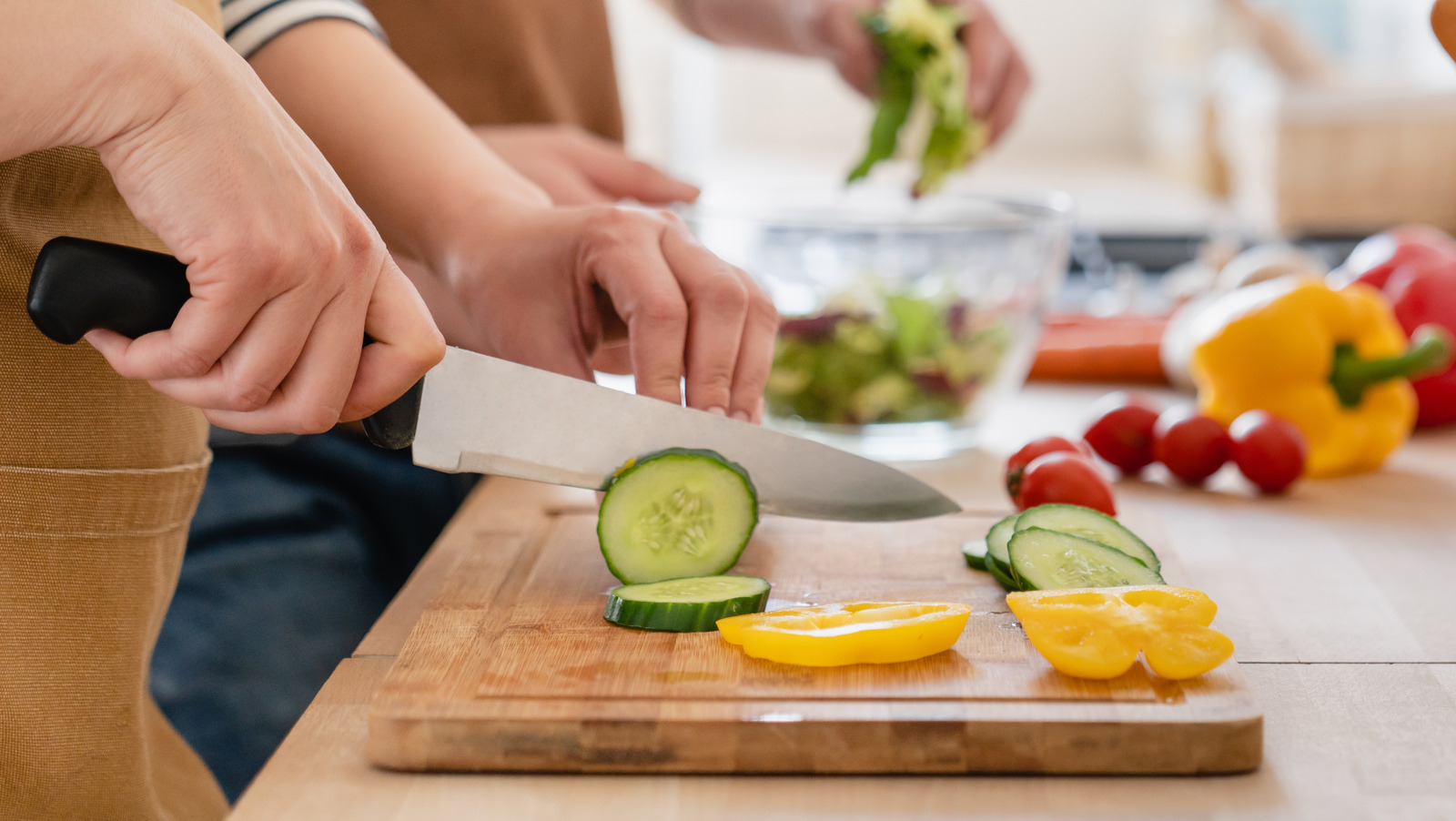When it comes to mastering the art of meat preparation in a professional kitchen, understanding how to use a Japanese boning knife is a crucial skill that every kitchen professional should have. This unique tool, specially designed for precision and efficiency, can transform the way you handle meat and poultry in your culinary creations.
Japanese boning knives, known for their remarkable sharpness and precise control, are essential for the meticulous task of deboning. Their thin and flexible blade allows for precise handling of intricate culinary tasks like skinning and filleting. But before delving into the techniques, its important to understand the anatomy and advantages of using such a specialized knife.

The Anatomy of a Japanese Boning Knife
The design of a Japanese boning knife is specifically tailored to meet the demands of meticulous meat preparation:
- Blade Material: Usually crafted from high-carbon stainless steel, providing a balance of durability and razor-sharp edge retention.
- Flexibility: The flexibility varies; some knives are more rigid for stronger meats, while others have a semi-flexible blade ideal for delicate cuts.
- Tang: Typically full tang, ensuring maximum control and balance during precise cuts.
Understanding these components will aid you in making the most efficient use of your knife.
Why Choose a Japanese Boning Knife?
A Japanese boning knife isnt merely a tool; its an extension of your culinary expression:
- Precision: Enables accurate cuts without wasting meat, an imperative skill in professional kitchens.
- Versatility: While designed for boning, it's adaptable for filleting fish, trimming silver skin, and other delicate tasks.
- Craftsmanship: Known for superior craftsmanship, these knives often come with an aesthetic appeal.
Choosing this knife is not just about functionality, but elevating your kitchen experience.
Steps to Use a Japanese Boning Knife Effectively
To maximize the potential of your knife, follow these practical steps:
1. Gripping the Knife Properly
Hold the handle firmly, ensuring your thumb rests on one side and fingers on the opposite, delivering optimal control.
2. Boning Technique
Insert the blade lightly along the bone. With gentle motions, separate the meat without damaging muscle fibers.
3. Maneuvering Through Joints
Use the pointed tip to work around tight joints. Maintain a steady hand to avoid mishaps.
4. Maintenance and Care
Maintaining your knife involves regular sharpening and proper cleaning. Refer to this guide on cleaning methods to ensure longevity and performance.

Frequently Asked Questions (FAQs)
Q1: What distinguishes a Japanese boning knife from a western one?
A Japanese boning knife often has a thinner, more flexible blade, ideal for precise cuts, whereas western models may be more rigid and thicker.
Q2: How often should I sharpen my Japanese boning knife?
Sharpening frequency depends on usage, but a monthly routine using a fine honing stone keeps it performing at its best.
Q3: Can I use a Japanese boning knife for tasks other than boning?
Absolutely! It's versatile enough for slicing, filleting, and can even handle vegetables with ease.
For more insights into kitchen tools, you may explore different types of kitchen knives for an enhanced culinary journey.
This article contains affiliate links. We may earn a commission at no extra cost to you.


























